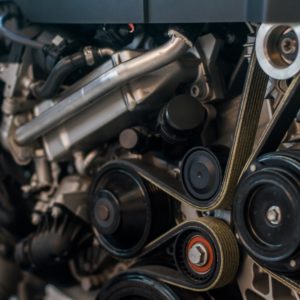Your vehicle’s alternator does two things: It charges your vehicle’s battery while its engine is running while also providing electrical power to your vehicle’s other accessories. Issues with the alternator can easily lead to issues with these accessories and with your vehicle’s battery. If you need to change your alternator though, there might be a few more parts you’ll want to replace as well.
Parts To Replace Along With Your Alternator
While it isn’t strictly necessary to replace all the parts in this section when you replace your alternator, you might find that doing so will save you a lot of hassle down the line. Doing it all at once means you’ll have less to worry about in the future.
Battery / Battery Terminals
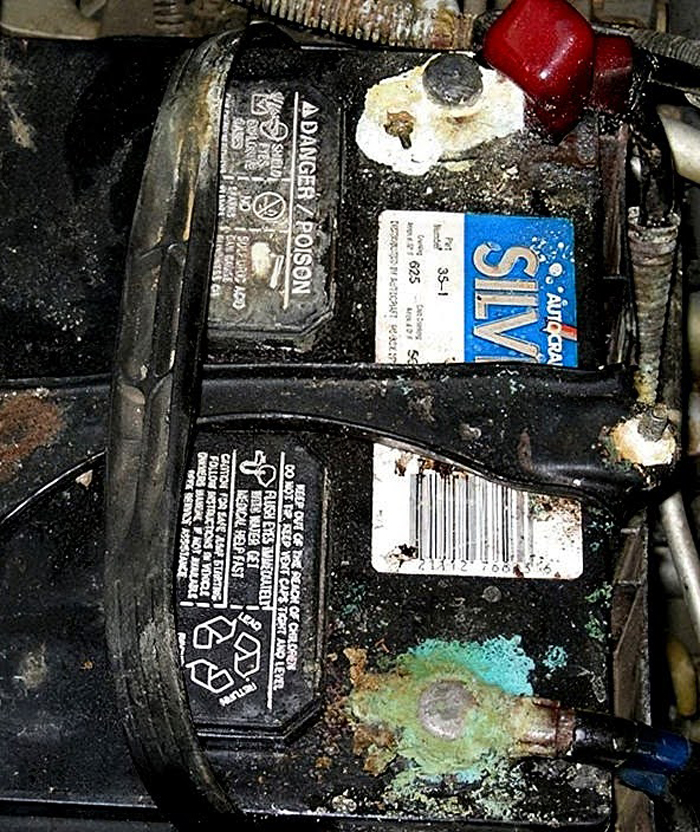
While you may not need to replace the battery (have it checked), you might need to make sure the battery terminals are optimized by either cleaning or replacement.
Since you’ll need to remove the negative terminal while replacing the alternator anyway, go ahead and give the terminals and their posts a good cleaning. Make sure you check the alternator connections for compromised connectors or an oxidized charge post terminal lug. The point is to reduce resistance in all the connections to as near zero as possible.
Since you’ll need to remove the negative terminal while replacing the alternator anyway, go ahead and give the terminals and their posts a good cleaning.
– Richard McCuistian, ASE Certified Master Automobile Technician
Serpentine Belt
The serpentine belt attaches to the alternator, providing it and other parts of the engine with power. A new serpentine belt should last about 60,000 to 100,000 miles, but you shouldn’t wait for it to wear out before replacing it. The last thing you want is for the belt to slip, which can reduce alternator output. Replace the belt along with your alternator even if it still looks new.
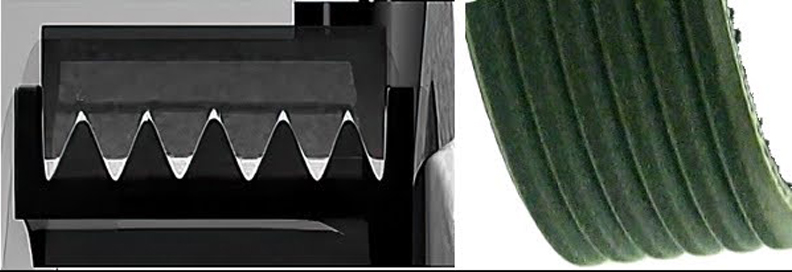
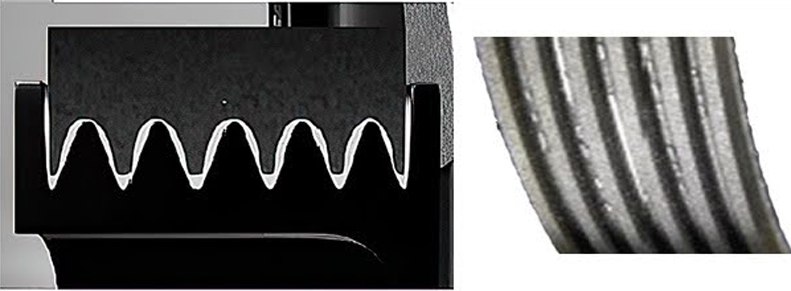
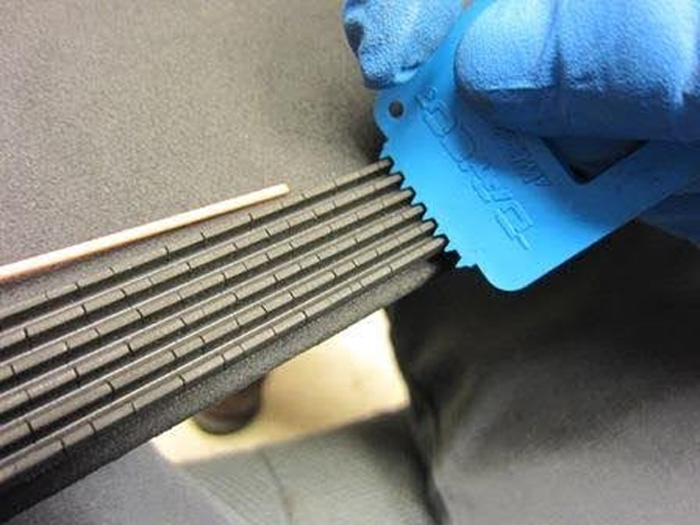
Because alternators typically last around 160,000 miles (note that many alternators last a lot longer or just need brushes when they fail), it’s likely you’ll have to replace your serpentine belt a few times before replacing your alternator. That being said, if you’ve not replaced your serpentine belt at all before your alternator needs replacing, then you might as well change them together.
Tensioner
Your vehicle’s belt tensioner is there to keep the serpentine belt sufficiently tightened. This keeps it from slipping or providing insufficient power to the different parts under the vehicle’s hood, including the alternator.
It also keeps it from squealing and running hot. Your vehicle will usually have either a manual tensioner that can be adjusted with the turn of a bolt or a screw, or an automatic spring-loaded tensioner.

Your mechanic might recommend replacing the tensioner along with your alternator for a relatively affordable price. Given how both types of tensioners wear down over time, it’ll likely be worth replacing it with your alternator.
Idler Pulleys
Idler pulleys are bolted on the engine and guide the serpentine belt around the rest of the pulleys for efficient routing. They’re relatively quick and easy to replace, taking only a few minutes to swap out. You’ll often find them packaged with a replacement serpentine belt and tensioners. Replacing all of these parts at once is often the best choice.
Now you know what parts to include when you change the alternator of your vehicle. Hopefully this saves you a bit of time and money in the long run.
Any information provided on this Website is for informational purposes only and is not intended to replace consultation with a professional mechanic. The accuracy and timeliness of the information may change from the time of publication.



